Christian Dunn, Where the Wetlands Are


Christian Dunn, Where the Wetlands Are
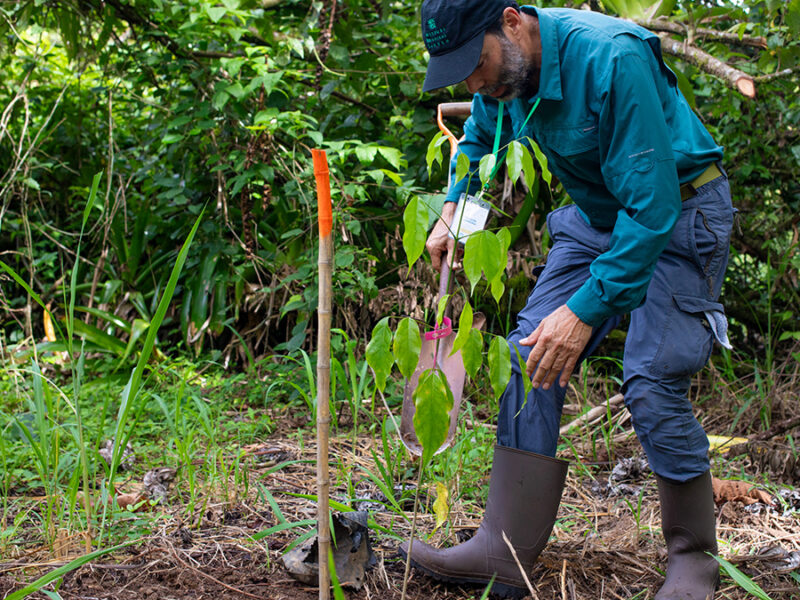
Forty-six percent of tree species in Mesoamerica are threatened with extinction. Researchers hope a new regional study will inform targeted conservation strategies.
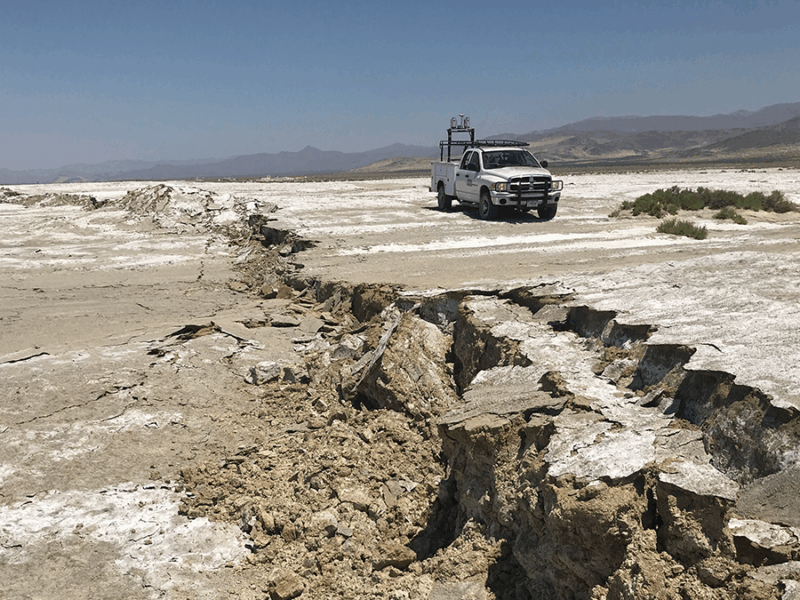
New 3D imaging techniques show hidden patterns of stress that help explain how and why rocks break.
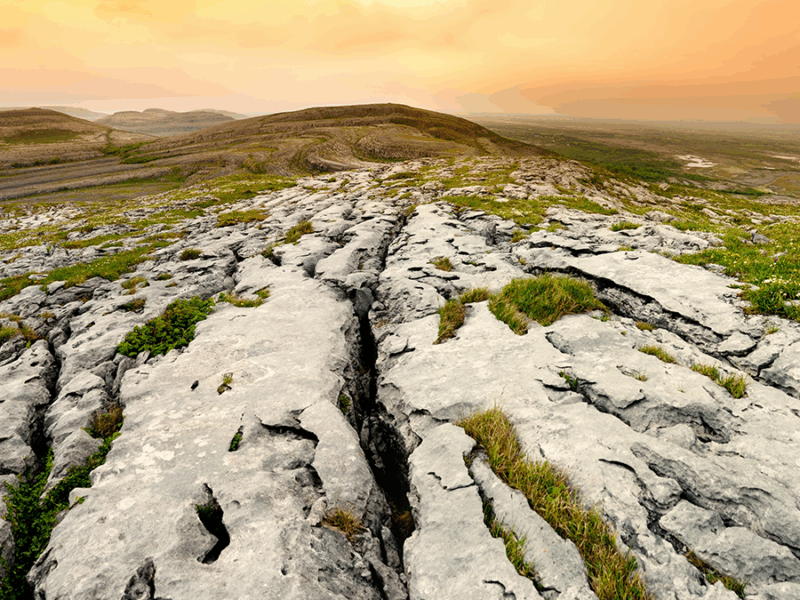
New advances in modeling contaminant transport offer a clearer picture of how to protect karst aquifers.

New research shows that artificial light at night lengthens the plant growing season in cities, overshadowing the effect of high urban temperatures.

Decreases in underground plant biomass could signal future marsh loss and prompt conservation measures.
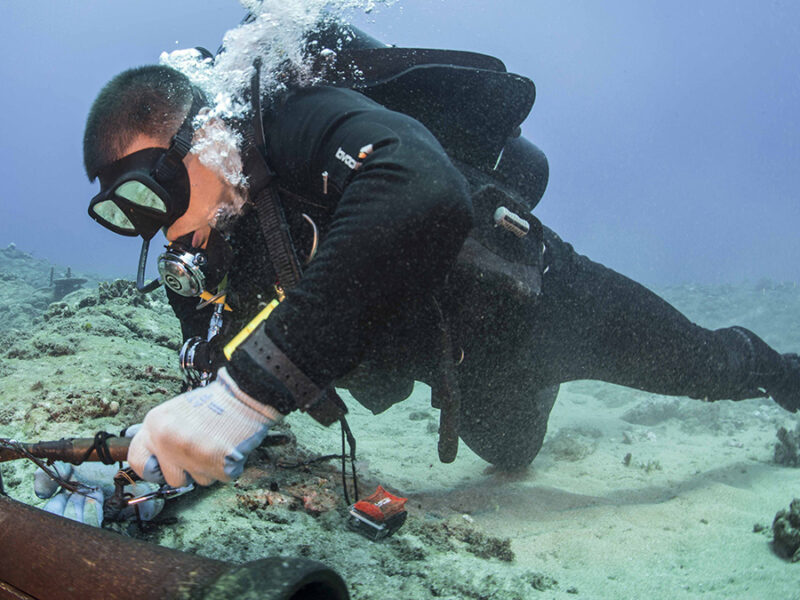
A new device enables existing submarine cable networks to measure deep-sea movements. It could ultimately help improve tsunami warnings and climate monitoring.

A new study investigates how diffuse light affects evapotranspiration and carbon uptake across forest, grassland, shrub, and agricultural areas.
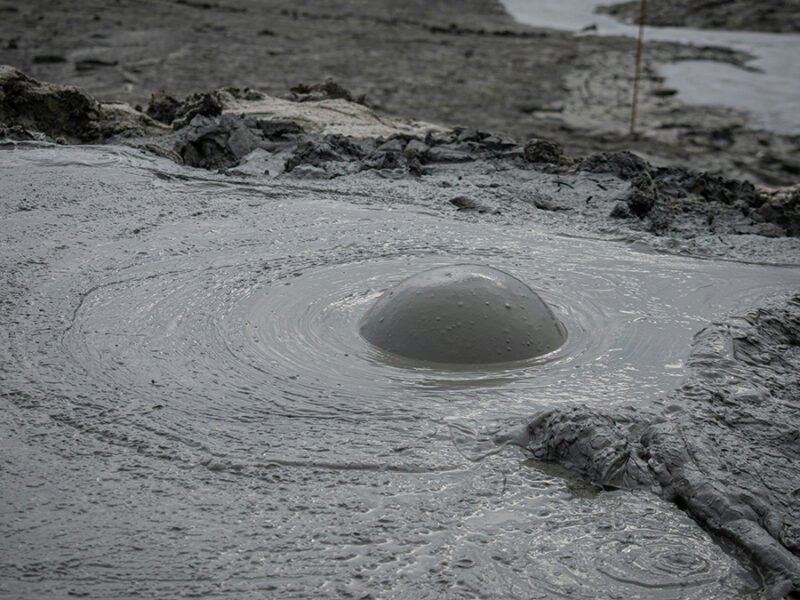
A team of scientists put together a global database of submarine mud volcanoes. Orders of magnitude more are still bubbling, undiscovered, in the deep ocean.
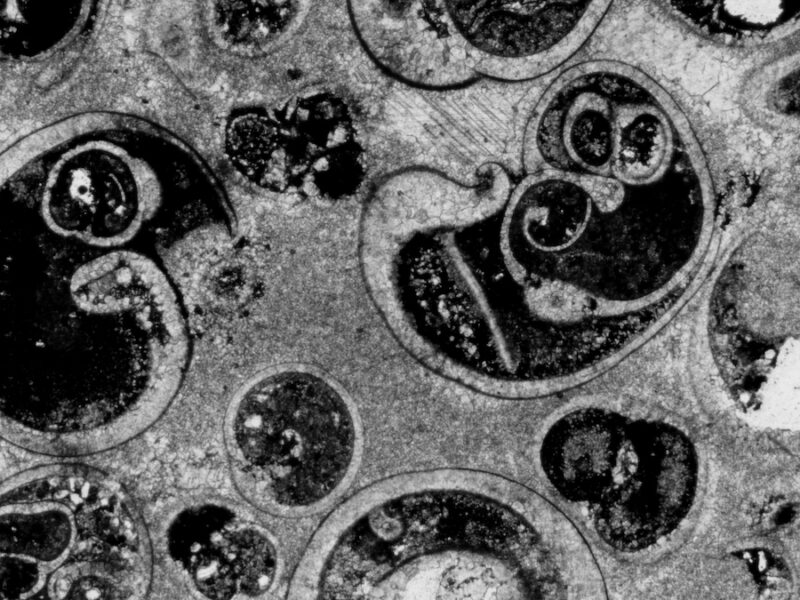
Measuring shells and skeletons encased in thousands of limestone samples has revealed that the sheer amount of living stuff in Earth’s oceans changed alongside the diversity of organisms.
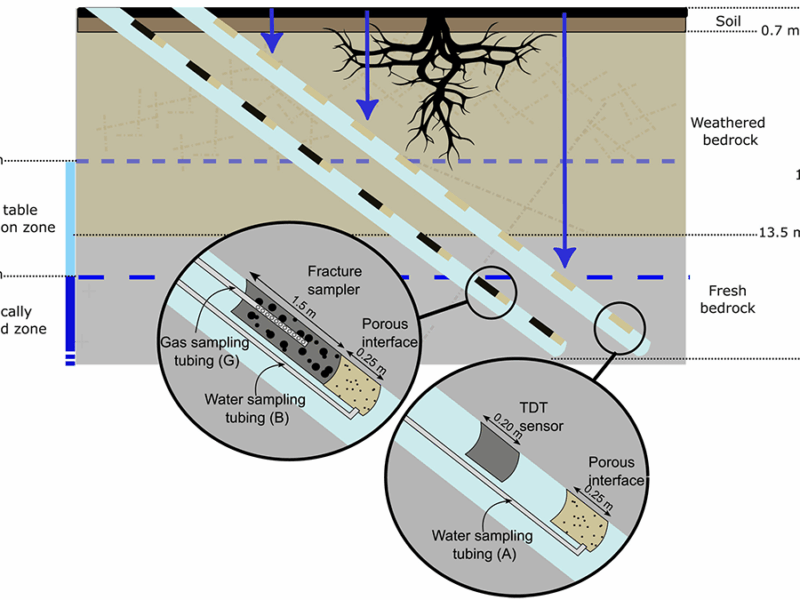
The carbon dioxide that results from respiration in and around deep roots is an essential component in the chemical weathering of sandstone rock soils.
Something went wrong. Please refresh the page and/or try again.